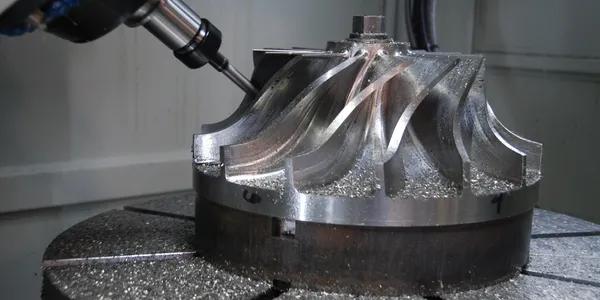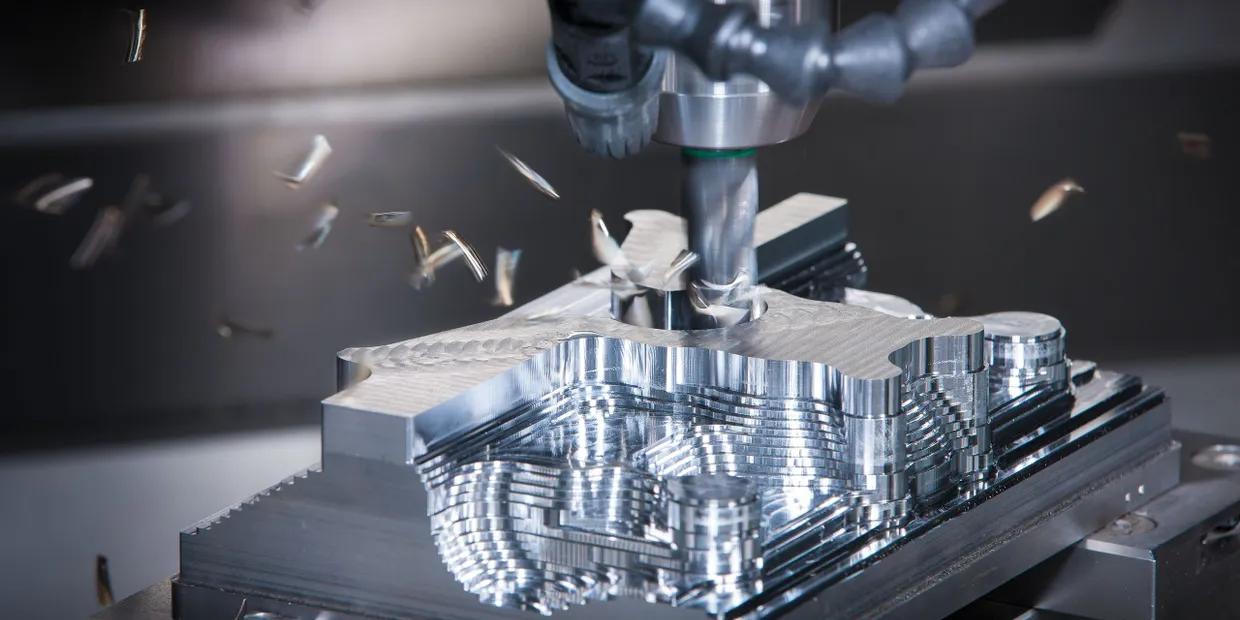
Beyond
Dimensions: The Importance of Tolerance Analysis in Product Design Optimization



Dimensions: The Importance of Tolerance Analysis in Product Design Optimization

Tolerance analysis involves the systematic evaluation of dimensional variations and specifications within an assembly to ensure that all parts fit together properly and that the assembly operates as intended. It addresses the inevitable variations that occur during the manufacturing process, such as variations in material properties, machining tolerances, and assembly methods. By quantifying these variations and their potential impact on product performance, engineers can make informed decisions to mitigate risks and optimize designs.

At the heart of tolerance analysis lies the goal of ensuring proper fit and functionality of assemblies. In complex systems comprising numerous components, even minor deviations in dimensions or tolerances can lead to issues such as misalignment, interference, or inability to assemble parts correctly. Tolerance analysis allows engineers to assess the cumulative effect of dimensional variations and adjust tolerances accordingly to achieve precise mating and alignment of components. This ensures that the product functions as intended and enhances user experience and reliability.

One of the primary objectives of tolerance analysis is to identify and mitigate potential manufacturing defects early in the design process. By simulating various manufacturing scenarios and assessing the impact of tolerances on part quality, engineers can anticipate and address potential issues before they occur. This proactive approach reduce the risk of defects, such as parts being out of specification, excessive scrap rates, or assembly failures, thereby reducing rework, waste, and production costs.

Ultimately, the overarching goal of tolerance analysis is to improve overall product quality. By ensuring that components are manufactured within specified tolerances and that assemblies are designed to accommodate variations, engineers can enhance the performance, reliability, and durability of the final product. Tolerance analysis helps identify critical features and dimensions that significantly impact product functionality and quality, allowing engineers to prioritize areas for optimization and refinement.